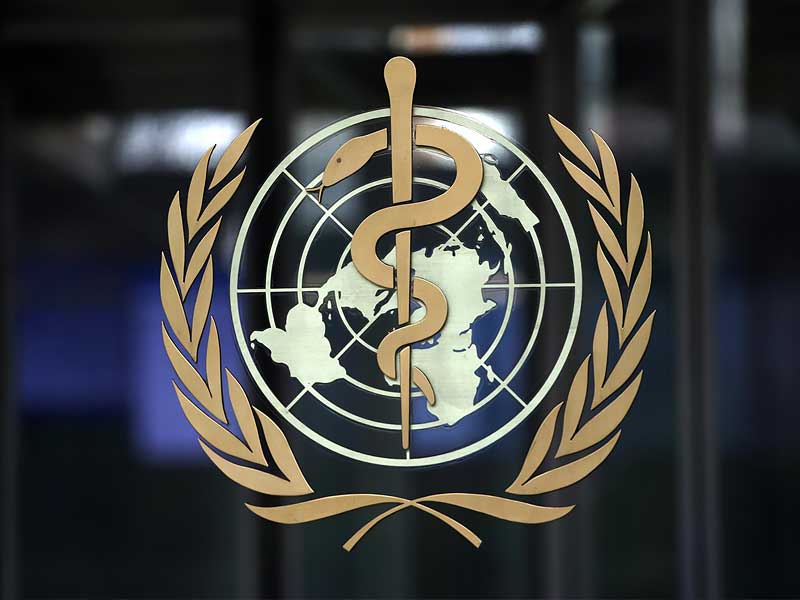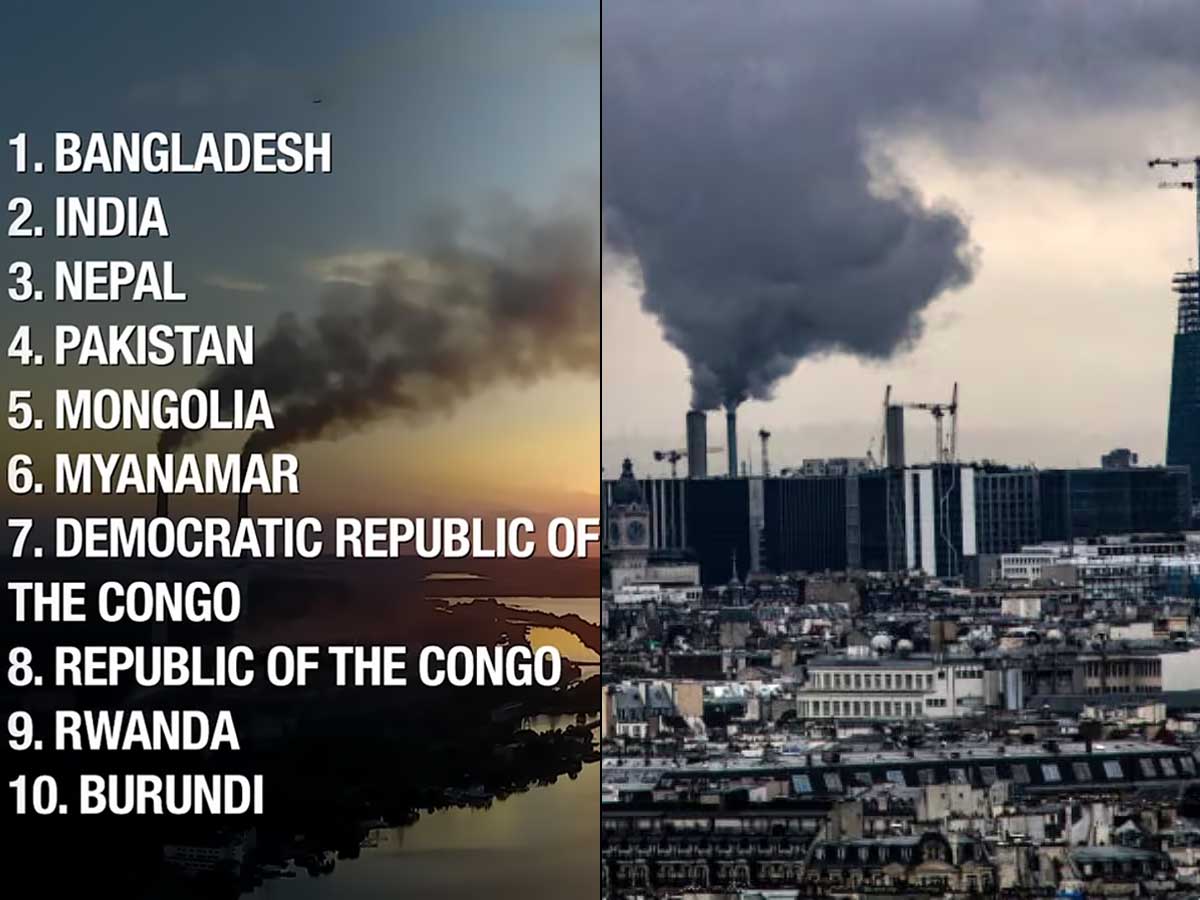According to the University of Chicago’s Energy Policy Institute’s (EPIC) most recent Air Quality Life Index, which was released on Tuesday, hazardous air poses a threat to reduce lifespans in India’s most polluted regions, and in New Delhi, the world’s most polluted megacity, the average life expectancy has decreased by more than 10 years.
According to the analysis, the increased impact of unhealthy air on health can reduce life expectancy by more than five years per person in South Asia, one of the world’s most polluted regions.

It added that rapid industrialization and population growth have contributed to declining air quality in South Asia, where particulate pollution levels are currently more than 50% higher than at the start of the century and now overshadow dangers posed by larger health threats.
The region, which includes the world’s most polluted countries of Bangladesh, India, Nepal, and Pakistan, accounts for more than half of the total life years lost globally to pollution.
Also, Read SoftBank is organizing an AI tour for Indian startups
The study, which makes use of satellite data to determine the effect of an increase in airborne fine particles on life expectancy, estimates that people in Bangladesh, the world’s most polluted nation, stand to lose 6.8 years of life on average per person, as opposed to 3.6 months in the United States.

The World Health Organization’s (WHO) recommended levels for lung-damaging airborne particles, or PM 2.5, may increase life expectancy by 2.3 years, or a total of 17.8 billion life years, according to the analysis.
Country – PM2.5
Bangladesh – 73.96
India – 58.70
Nepal – 51.71
Pakistan – 44.73
Magnolia – 36.04
Myanmar – 34.98
Democratic Republic Of Congo – 34.64
Republic of the Congo – 32.41
Rwanda – 32.41
Burundi – 31.91

























